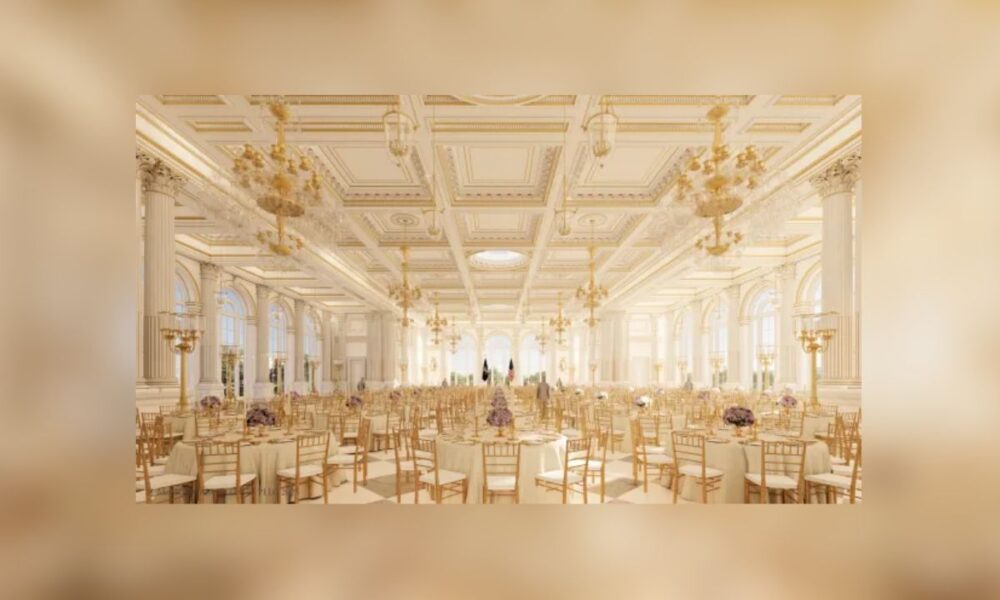The White House will undergo its most significant expansion in over a century with the construction of a new 90,000-square-foot ballroom complex.
The $200 million project, funded entirely through private donations, including from Trump himself, will triple the executive mansion’s formal event capacity from 200 to 650 seated guests.
For generations, White House officials have struggled with space constraints that forced them to erect temporary tents for major diplomatic functions. The new ballroom promises to solve this long-standing problem while maintaining the property’s classical architectural heritage.
“Presidents in the modern era have faced challenges hosting major events at the White House because it has been untouched since President Harry Truman,” said Jim McCrery, CEO of McCrery Architects, the project’s lead design firm.
Construction begins in September 2025 on the site of the current East Wing. The East Wing structure, built in 1902, has undergone multiple renovations, including a second-story addition in 1942.
Clark Construction will oversee building operations while AECOM handles engineering. The Secret Service will implement necessary security modifications.
“President Trump is a builder at heart and has an extraordinary eye for detail,” said White House Chief of Staff Susie Wiles. “The President and the Trump White House are fully committed to working with the appropriate organizations to preserving the special history of the White House while building a beautiful ballroom that can be enjoyed by future Administrations and generations of Americans to come.”
The administration expects completion before Trump’s term ends. Updates on construction progress will be posted at whitehouse.gov/visit.
Recent meetings between Trump, White House staff, the National Park Service, the White House Military Office, and the Secret Service have focused on design features and logistics.
The new facility will stand separate from the main White House building but mirror its architectural style. McCrery emphasized his commitment to “preserving the elegance of its classical design and historical importance.”


